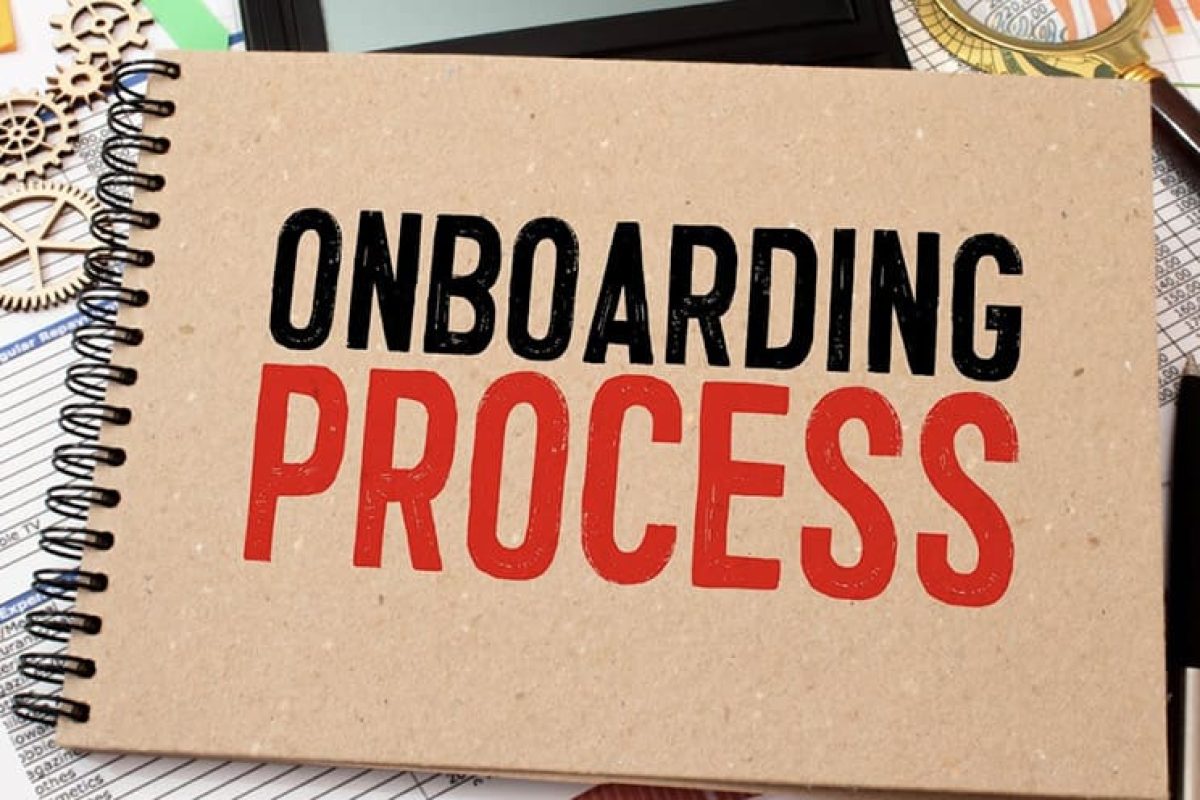Expanding your business into Egypt requires compliance with local labor laws and an effective onboarding process to ensure smooth integration. Here’s a step-by-step guide to the essential documents and processes for onboarding employees in Egypt:
Onboarding Process: Step-by-Step Explanation
Step 1: Job Offer and Acceptance 📩
Trigger: After selecting the ideal candidate.
Action:
- Job Title: Clearly define the position, responsibilities, and reporting hierarchy.
- Compensation: Outline the salary, allowances, and additional benefits.
- Start Date: Agree on a specific start date with the candidate.
- Working Hours: Include Egypt’s standard 8-hour workday, 48-hour workweek, and overtime details.
- Benefits Overview: Highlight benefits such as social insurance and any health coverage provided.
- Probation Period: Typically up to 90 days in Egypt.
Outcome: Once the candidate accepts the offer, proceed to formalize the employment contract.
Step 2: Employment Contract 📝
When It’s Used: After offer acceptance.
Action: Draft an employment contract that adheres to Egyptian labor law, including:
- Job Description: Clearly outline the employee’s duties.
- Compensation: Specify salary, bonuses, and allowances.
- Leave Entitlements:
- Annual Leave: 21 days (increases to 30 days after 10 years or for employees over 50).
- Sick Leave: As per medical certification, paid progressively.
- Public Holidays: At least 14 official holidays annually.
- Working Hours: Detail working hours, breaks, and overtime compensation.
- Termination Conditions: Define notice periods and grounds for termination.
Outcome: A signed contract formalizes the employment relationship and ensures legal compliance.
Step 3: Tax and Social Insurance Registration 💰
When It’s Used: Before the employee starts work.
Action:
- Tax Registration: Register the employee with the Egyptian Tax Authority for payroll tax compliance.
- Social Insurance Enrollment: Enroll the employee in the national social insurance system.
- Bank Account: Facilitate setting up a bank account for salary deposits.
Outcome: Ensures compliance with Egypt’s tax and social insurance obligations.
Step 4: Health and Safety Induction 🦺
When It’s Used: On or before the first day.
Action: Conduct a safety briefing to comply with workplace standards.
- Safety Guidelines: Explain safety protocols relevant to the role.
- Emergency Procedures: Review evacuation plans and first-aid procedures.
- Personal Protective Equipment (PPE): Provide necessary PPE for applicable roles.
Outcome: Employees are aware of workplace safety and emergency protocols.
Step 5: Payroll and Benefits Enrollment 📊
When It’s Used: Within the first week.
Action:
- Bank Details: Collect the employee’s bank information for payroll processing.
- Benefits Enrollment: Register the employee for health insurance and other company-provided benefits.
- Overtime Policy: Explain overtime pay rates as per Egyptian labor law.
Outcome: Employees are integrated into payroll and benefit systems.
Step 6: Workplace Policies and Training 📚
When It’s Used: Within the first month.
Action:
- Code of Conduct: Outline expectations regarding behavior, ethics, and professionalism.
- Training Programs: Provide role-specific and compliance training.
- Performance Metrics: Establish clear KPIs and review processes.
Outcome: Employees are familiar with company policies, expectations, and available resources.
Step 7: Probation and Feedback Period 📅
When It’s Used: During the probation period (up to 90 days).
Action:
- Performance Reviews: Evaluate employee performance and cultural alignment.
- Feedback and Adjustments: Provide constructive feedback and role adjustments if needed.
- Employment Confirmation: Confirm permanent employment status or discuss necessary improvements.
Outcome: Completion of the probation period leads to permanent employment or mutual decisions for adjustment.
Summary Table of Key Onboarding Steps in Egypt
| Step | Action/Details |
|---|---|
| Step 1: Job Offer & Acceptance | Job Title, Compensation, Start Date, Working Hours, Benefits, Probation Period |
| Step 2: Employment Contract | Job Description, Compensation, Leave (Annual, Sick), Public Holidays, Termination |
| Step 3: Tax & Social Insurance | Tax Registration, Social Insurance Enrollment, Bank Account |
| Step 4: Health & Safety | Safety Induction, Emergency Procedures, PPE |
| Step 5: Payroll & Benefits | Bank Details, Benefits Enrollment, Overtime Pay |
| Step 6: Policies & Training | Code of Conduct, Job-Specific Training, Performance Metrics |
| Step 7: Probation & Feedback | Performance Reviews, Role Adjustments, Employment Confirmation |
Key Takeaways
- Employment contracts in Egypt must clearly define job roles, compensation, and leave entitlements.
- Onboarding includes mandatory tax registration and enrollment in the social insurance system.
- A structured onboarding process ensures compliance with Egyptian labor laws and fosters smooth employee integration.
GlobainePEO – Your Trusted Partner
By partnering with GlobainePEO, you can simplify the onboarding process in Egypt. From managing compliance to streamlining payroll and benefits, we handle it all, allowing you to focus on growing your business.

